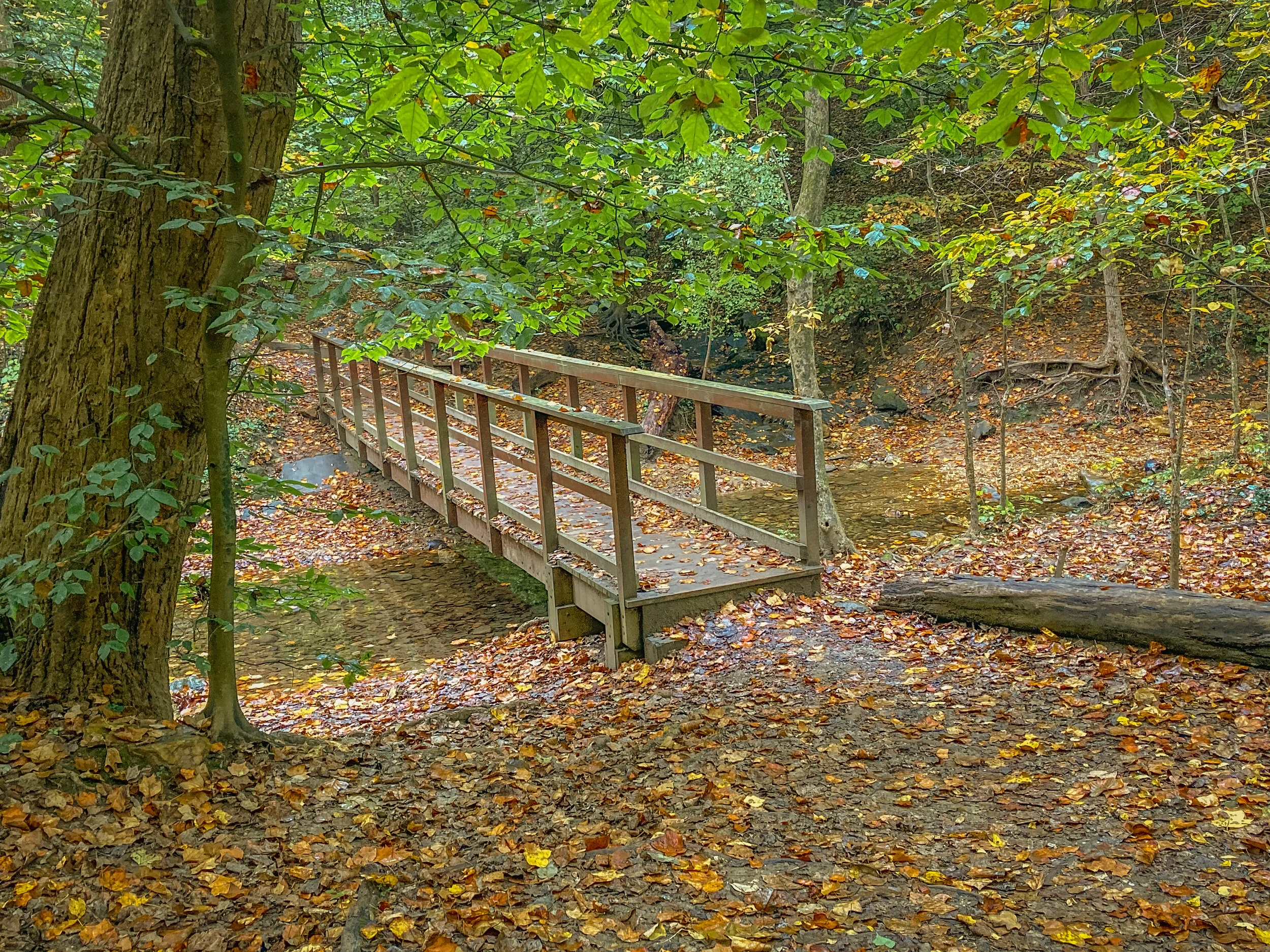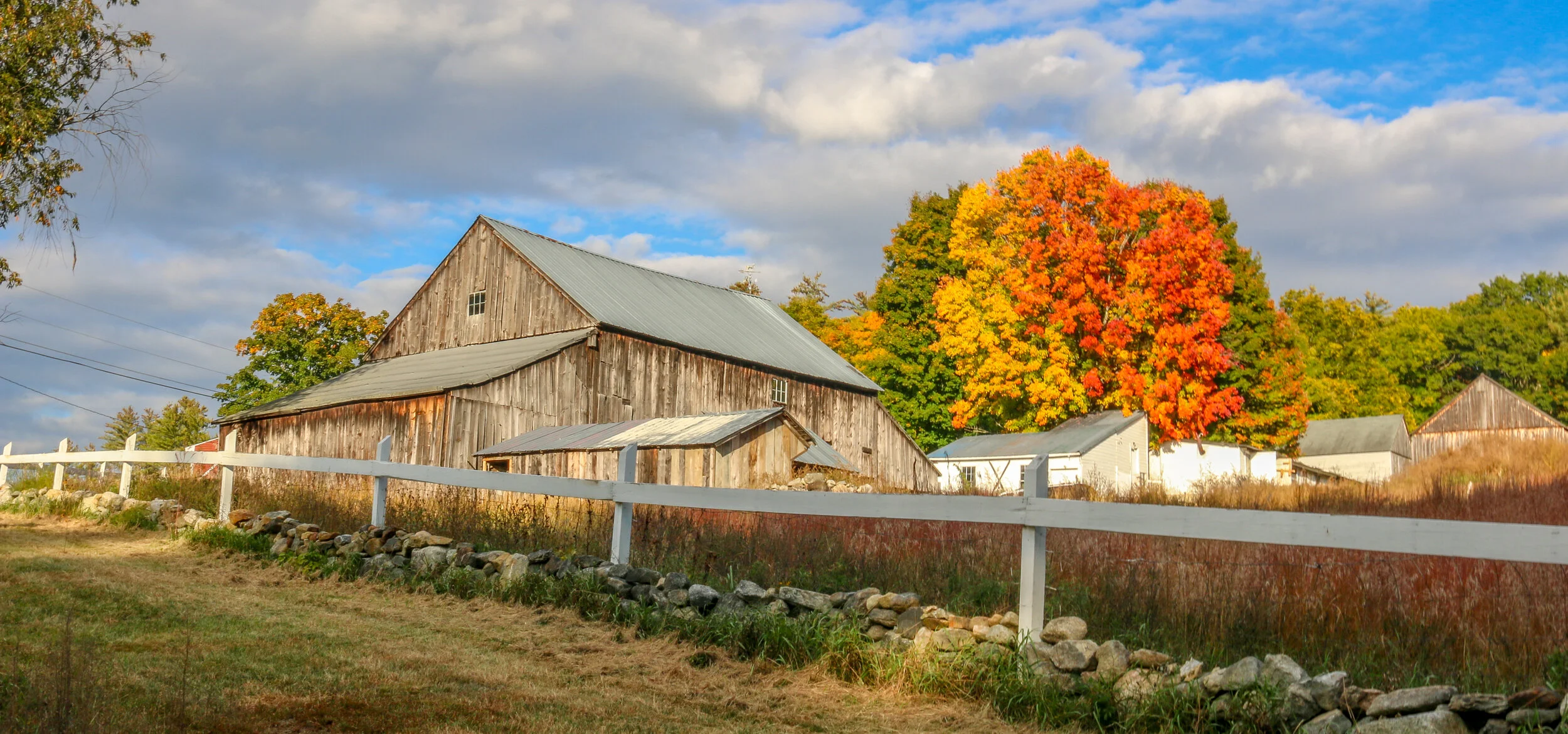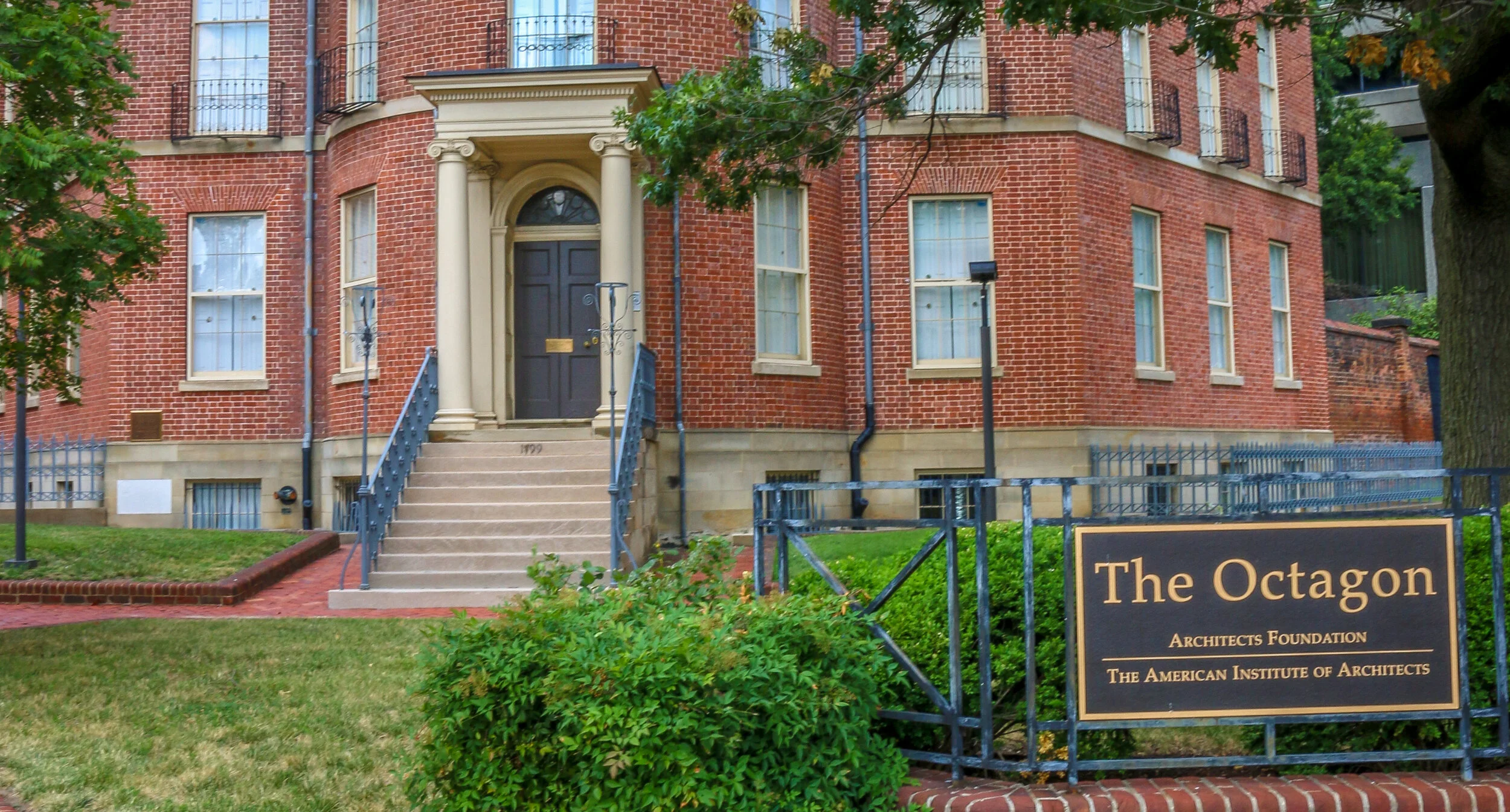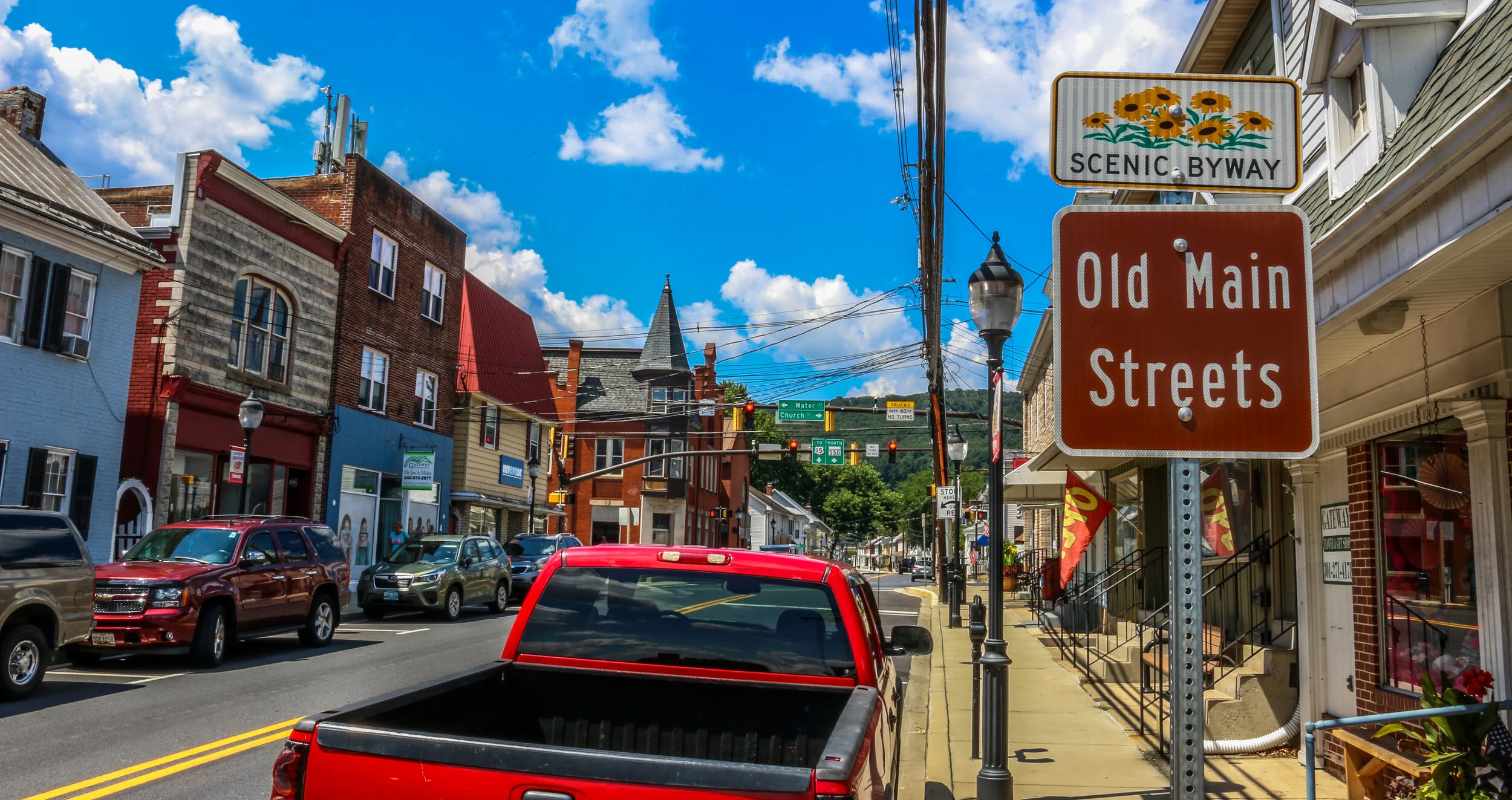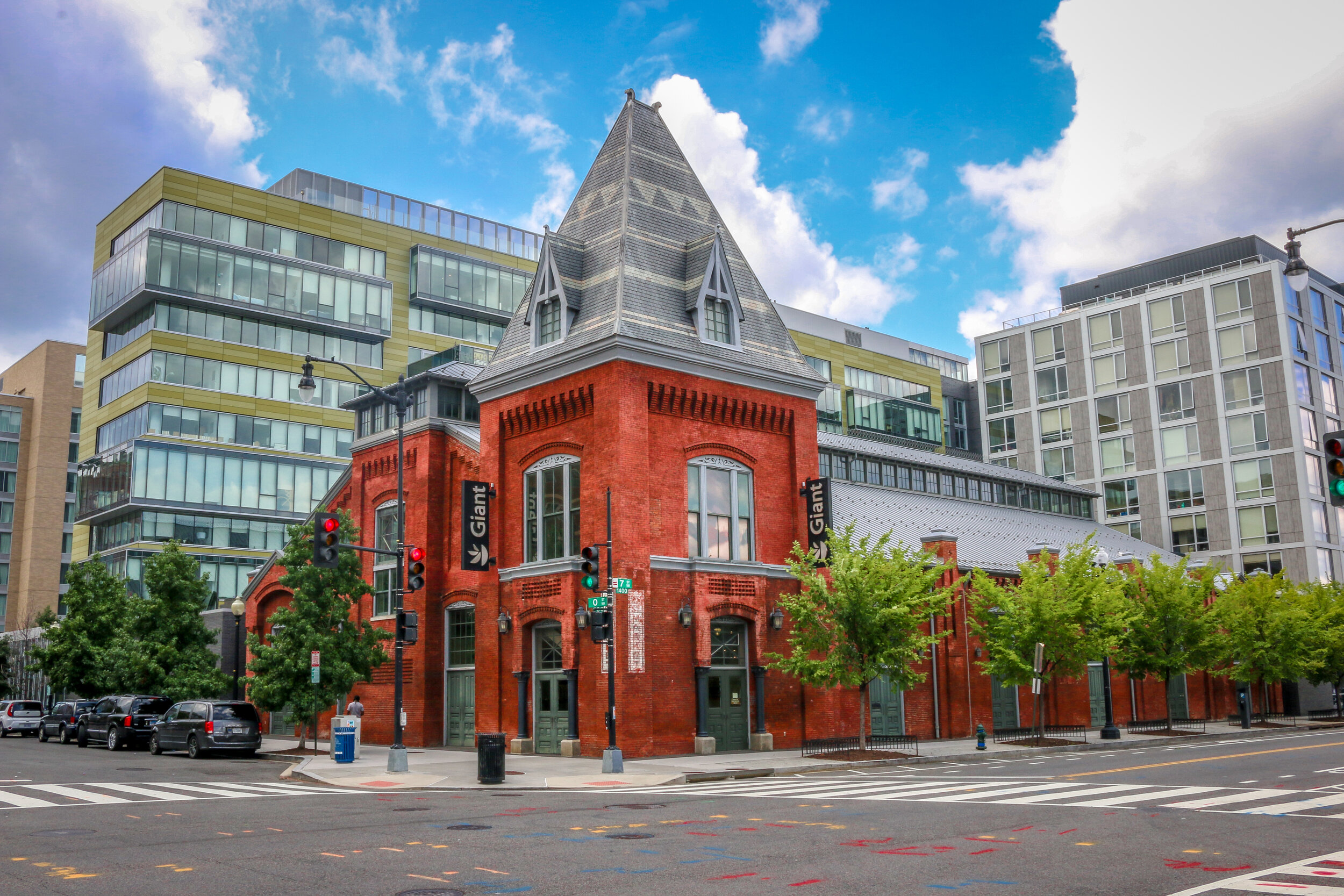Hello Everyone! I hope you’ve all had a nice week since last we met. The weather here in D.C. has been spectacular and I’ve enjoyed spending a lot of time outside this week. The fall colors aren’t great here, but the maples in particular have been pretty awesome. My folks and I have continued to try and celebrate life this week while keeping safe and close to home and I even got out for an overnight in my van which was awesome. October has seemed to go even faster than September did and I know that process will continue as the days get shorter. All told it’s been a pretty good week though.
I got a new phone this week, which is always exciting. My iPhone 5s has been slowly dying over the last year or so, and at the end the battery would only last about 20 minutes. I carried around an external battery for the last 6 months which is a pain, but also not a huge deal. I’m not all about the latest gadget, but that phone lasted a solid five years or so and hadn’t been new when I bought it. I’ve gone with the latest iPhone SE which has the newest chip in a reasonably priced phone. I was super happy with Apple’s new phone-to-phone transfer technology which basically migrated everything from my old phone to my new phone (down to the wallpaper) via WiFi. It was amazing and made set-up super easy. So far I’m enjoying the new features and the expanded capacity and capability of my new phone, and while there are a few things my old one could do which this one doesn’t seem to be able to, I’m sure I’ll get used to it.
The news this week is obviously pretty focused on the upcoming election, and I truly hate to see the divisiveness in the country right now. I know it’s been building for quite some time, but it seems too many people are fanning the flames and it’s heartbreaking. I think a lot of it comes from people not traveling enough and experiencing the different parts of the country and spending time with people who are Americans, but Americans different from themselves or their neighbors. I’ve spent almost my entire adult life doing just that, and I’ve found nothing but good people from coast to coast and lakes to gulf. I’ve always said that I think that sitting around a dinner table we’d have more in common than we did different, and with some open-minded conversation we could probably find compromise and common ground. But now more than ever we’re not having that face-to-face discussion, and it’s eating us like a cancer. I know the biggest divide right now seems to be between urban and rural communities and I’ve spent plenty of my life in both and both have enormous benefits and drawbacks. I think city people could use a bit of time in the country or in a small town and country people could use some real time in the city. Texans should go to Seattle and Alaskans should spend some time in L.A. and they all might find that the people there aren’t as unlike them as they think they are. I’ve spent time in my life in truly foreign environments having traveled across many countries all over the world and no matter where I’ve been I’ve met wonderful people working hard to provide for their families and spend a few minutes with their friends at the end of the day. When I personally can find a huge amount in common with a farmer in rural Cambodia, I know that people from different parts of the same country could find even more if they were focused on our common interests and ideals. We’ve got to stop demonizing each other and spend more time together and we’d all be surprised by what we find. I know that for a fact. Sermon over.
Mason and I continue our adventures around Glover Park and the nearby woods. He is really enjoying all the Halloween decorations, and again seems fearless since he has not been given a reason to be scared of the things we see (and certainly won’t get that from me). He waves to the Wolfman and says “Hi Doggie” and carried on a five minute conversation with a headless skeleton sitting in the bus stop. We’ve got a hill that we love to run down together, holding hands because sometimes he makes a misstep and at full speed that could end badly. He loves this hill and laughs so hard and heartily it warms my heart to no end. Remember when the joy of simply running down a hill could bring you that much happiness? It’s wonderful.
A few weeks ago I had the wonderful opportunity to go and spend a week with my brother in southern New Hampshire. We went out to explore some of the most beautiful parts of the area by car, by boat and on foot. The fall colors were just starting to kick into high gear, and some of the scenes we saw were truly spectacular. We saw covered bridges over the Ashuelot River, beautiful rural countryside and charming small towns like Hancock and Harrisville. I took a lot of photos, and this is the second post I’ve published with them to allow you to see the area through my lens. I hope you enjoy these photos from fabulous southern New Hampshire.
A few weeks ago I had the wonderful opportunity to go and spend a week with my brother in southern New Hampshire. We went out to explore some of the most beautiful parts of the area by car, by boat and on foot. The fall colors were just starting to kick into high gear, and some of the scenes we saw were truly spectacular. We saw covered bridges over the Ashuelot River, lakefront vistas at Lake Winnipesaukee, and charming small towns like Peterborough and Amherst. I took a lot of photos, and this is the first of at least two posts which will allow you to see the area through my lens. I hope you enjoy these photos from fabulous southern New Hampshire.
Last week I had the distinct pleasure of traveling around southwestern New Hampshire to photograph these wonderful covered bridges. I’ve always had a thing for covered bridges, and these were no exception. Much like the lighthouses and Mail Pouch Barns I’ve featured in the past on this blog, covered bridges are such a beloved and photogenic part of the American landscape. Autumn had just begun when I was out taking these pictures, and was in varying stages depending on which bridge I was looking at, but it certainly was a beautiful day to be out there. I hope you enjoy these beautiful and historic covered bridges from southwestern New Hampshire.
In 1632, King Charles of England granted a charter for a huge tract of land in what was then the colony of Maryland to Cecilius Calvert, the second Lord of Baltimore. Within that tract was a hill known as Jenkins Hill which today we know by its far more famous name: Capitol Hill. In 1663, lawyer George Thompson acquired 1800 acres from Lord Baltimore and leased the land to future Proprietary Governor of Maryland Thomas Notley for 1000 years at the rental rate of “40,000 pounds of tobacco and one pepper corn” per year. Notley called his plantation Cerne Abbey Manor.
Cerne Abbey Manor would remain in Thomas Notley’s family for several generations and eventually was inherited by his great-great-grandson Daniel Carroll. When Washington D.C. was established, Daniel Carroll ceded Jenkins Hill to the Federal Government, and later received part of that land back which he then leased to Robert Sewall. On that lot was a small one-room farmhouse which had been built perhaps as early as 1750. Sewall built a considerably larger house facing the newly designated B Street (now Constitution Ave), keeping the farmhouse as his kitchen. It is likely that this house was completed around 1800. The architect of the house is unknown, but there is some conjecture that the designer was Leonard Harbaugh, who we remember for his designs of Old North for Georgetown University, the old U.S. Treasury Building and Holy Trinity Church and who is buried in D.C.’s Congressional Cemetery. Sewall had this house built as his “town house” but soon thereafter his uncle died and left him a large tobacco plantation in Southern Maryland called His Lordship’s Kindness. The fact that the manor house on that plantation was designed by Harbaugh lends some further credibility to his designing the Sewall House.
Because Sewall was busy sorting out his newly inherited plantation, the house was leased to Albert Gallatin who served as Secretary of the Treasury under Thomas Jefferson and James Madison. A disproven rumor once existed that the Louisiana Purchase was signed in the house while Gallatin was in residence there, but it would certainly have been an important discussion around the dinner table, perhaps with Thomas Jefferson himself in attendance. Gallatin lived in the house from 1801 to 1813 and after he left, Sewall left his son, William, to watch the house, but it is unlikely that William ever lived there.
After the Battle of Bladensburg in the War of 1812, British troops marched towards Washington. It is believed that shots were fired from inside the Sewall House, marking the only American resistance to the invasion of the Capital. Whether shots were fired or not, the British did set fire to the house which lends credibility to the story because as we learned when discussing the Octagon House in this series it was not British policy to burn private residences. Regardless, the house did burn and Sewall rebuilt it in its current form soon after the war making some small changes to the original design. He applied for reimbursement for this work from the U.S. government, but his application was denied. Robert Sewall died in the house in 1820, leaving it to his wife and four daughters…
Hello Everyone, another week has come and gone as I continue to wait patiently for an end to the pandemic. We’re already halfway through September which is really hard for me to believe. Next week will be week 26 in this series, marking half a year since I turned my headlights towards home and chose to wait this pandemic out here in D.C. Some of that time has passed really slowly, and yet it doesn’t feel like I’ve been here for six months at all. I’m still just trying to make the best of it. As always, I’m very grateful to my folks for having me and giving me a safe harbor through this storm. It’s not how I would have chosen to spend my 2020, but as the saying goes: life is what happens when you’re making other plans.
I’ve spent a lot of time this week with young Mason as we set out on our daily adventures into the neighborhood together. This week we’ve crossed mighty rivers (or maybe just meandering streams), faced off against fierce (decorative stone) lions and ventured deep into the heart of darkness (aka Glover Archbold Park). He’s added some letters to his knowledge base – “E” (for elephant) and “O” (for Ohio) and is getting closer to understanding how many three is. It’s truly special and remarkable to watch him grow and learn and discover and I think every day he learns something from me, and I learn something from him. It’s great when he sees a bumblebee or a butterfly and the way he points it out to me is like it’s the single most remarkable thing that’s ever existed. When he’s really enjoying something, he just coos which is one of the best sounds on earth. He loves big trucks and busses, and it’s fun for us when the bus drivers honk their horns and wave back to us. We continue to have a really good time together and every day is a new adventure.
Last Friday my folks and I once again retired to the basement for our weekly Forget-About-It Friday festivities. We started out this week with a brewing session as we had to get our Oktoberfest brewed if we want it ready to drink by October (which is fast approaching). Then we relaxed into a Renaissance Night in Sherwood Forrest with beer, roast turkey legs, breads, meats and cheeses. We listened to some great old music, played a fun game of Gluckhouse, and generally had a merry old time. It was another successful night.
On a strangely angled corner lot just a couple of blocks from the White House, at the corner of New York Avenue and 18th Street, sits the beautifully designed Octagon House, one of the city’s oldest and most architecturally celebrated homes. The house was designed and built as the winter home for Colonel John Tayloe III, one of Virginia’s wealthiest plantation owners, and for a few months in 1814 served as the Presidential Mansion after the burning of the White House.
John Tayloe III was born on his family estate, Mount Airy, in 1770, the only boy in a family of 11 children. John’s father died when he was just 9 years old and after receiving an education in London he became the soul heir to the estate. In 1792, John married Ann Ogle whose father, Benjamin, had served as the 9th Governor of Maryland. The two would have 15 children of their own. The Tayloe fortune was made primarily through farming, shipbuilding and ironworks, but they were also some of the country’s earliest racehorse breeders. Tayloe was a fine horseman himself and served in the Dragoons under the commands of George Washington and Henry “Light Horse Harry” Lee during the Whiskey Rebellion in Western Pennsylvania. Later he served as a commander of the Cavalry of the District of Columbia. Just before the turn of the century, Tayloe was looking to build a winter residence in the city and had his sights set on cosmopolitan Philadelphia. His friend George Washington convinced him to build in the new Capital City instead. And so it was that John Tayloe III purchased Lot 8 in Square 170 to build his winter home within view of the White House.
There is some debate as to who designed Octagon House with the credit generally given to William Thornton who drew up the original designs for the U.S. Capitol. It is possible that the house was designed instead by our old friend William Lovering who designed several of the other houses in this series and many in early Washington. Regardless, it was Lovering who oversaw the construction of the home, thought to be a high point of the Federal Style of architecture. Needing to fit into a sloped, angled lot the house would be designed with amazing simplicity incorporating a circle, two rectangles and a triangle into the plan.The house was completed in 1801 and it is interesting that the Tayloe family chose to call it “Octagon House” since it only really has six sides. In addition to Mount Airy in Virginia, the Tayloe family also owned a 205 acre farm a few miles north of Octagon House called Petworth (from which today’s neighborhood in that area gets its name). Much to my delight Tayloe also built a racetrack just behind Lafayette Square and a stone’s throw from the White House.
Hi Everyone, well the last week of August has certainly snuck up on us. Summer is usually such a busy time for me, and this year it just wasn’t so it seems to have flown by. This week brought some very good news from the local side of Washington D.C: a new baby panda was born at the National Zoo. The pandas are very near and dear to our heart here in Washington and have been since Ling Ling and Hsing Hsing first arrived in 1972. I grew up alongside those two, and the city mourned their loss when they died. The two never had any babies which survived more than a few weeks. Thankfully we were able to bring two young pandas to Washington after they passed, and Tian Tian and Mei Xiang have had five babies, two of which lived to adulthood and have gone back to China. This new baby, as yet unnamed, is a bit of a surprise at their age, but we welcome it with open arms and pray for its survival. The next few weeks will be critical, so we’re keeping it in our prayers and in our hearts.
I’ve been spending more time with my two year old buddy, Mason, and we’ve been having a lot of fun together. His dad has pointed me to one of their favorite spots in Glover Archibald Park where we can sit by the stream and throw rocks in the water. It’s a peaceful place where we can hang out outside but in the cool creekside shade and listen to the cicadas. On the way there and the way back we look at all the different colored flowers in peoples’ yards and keep an eye out for bumblebees and butterflies – two of his, and my, favorites. Sometimes he rides his bike while I run alongside. Our days are full of singing and laughter and it’s been really wonderful to hang out with him. He’s been keeping me busy though and wears me out, so I haven’t been up to too much else this week (which is just fine with me).
Last Friday night we paid tribute to another lost rite of summer: the county fair. We gathered outside for some fried cheese and corn on the cob and shared a six pack of assorted beers with fair-like themes (many from Clown Shoes Brewing Company). Then we moved inside where we had a dime-toss, played some dice games, enjoyed some grilled sausages and chocolate eclairs and had a couple more beers. It definitely wasn’t as much fun as the real thing, and we missed the lights and sounds of the carnival rides and games, the animals, crafts and produce, but we had a pretty good time all things considered.
Maryland’s Old Main Streets Scenic Byway is a wonderful trip through some of the state’s most charming and historic towns. The byway begins in Emmitsburg where Maryland’s Catholic roots are on display at the incredible National Shrine to Our Lady of Lourdes and the Minor Basilica Shrine to St. Elizabeth Ann Seton. Both are beautiful places worth spending some time and it was definitely interesting to learn about Elizabeth Seton, the first person born in what would become the United States to be canonized by the Catholic church.
From there, the byway travels through historic Taneytown and on to Westminster, although since we were a bit pressed for time we headed straight to New Windsor. New Windsor is such a cute little town with beautiful Victorian homes and pleasant small-town feel. We stopped to pick up lunch at Uncle Matty’s Eatery and enjoyed it in the town’s small park.
After lunch we traveled on to Union Bridge where the beautiful old railway station has been converted into a museum. It was another quiet and pleasant town for a wander. The byway finishes in Thurmont with it’s beautiful old Main Street. log cabins and the Roddy Road Covered Bridge.
The Old Main Streets Scenic Byway is a pleasant way to while away a day and enjoy some small-town Americana. There are wonderful historic homes and businesses along the way, and it seemed like there would be some interesting museums under normal circumstances. I hope you enjoy these photos from the Old Main Streets of Northern Maryland…
Hello Everyone, another week has come and gone here in Washington. Rains have brought cooler temperatures and I’ve been out taking lots of photos and hanging out with my favorite two year old. It’s been a fast week – they just seem to be speeding up on me. I guess routine will do that to a person. I’ve been very spoiled in my life to usually be doing so much over the course of a week that they often stretch out and feel longer than they are. Now the opposite seems true. I’m still happy to be healthy and safe and home with my people. It’s not a bad place to be or a bad group to be with, I just wish I knew there was an end date to all of this so I could make some concrete plans. Sometimes I find myself making travel plans just to be making travel plans because it’s something I’m used to doing. I guess that’s not a bad thing and it keeps me in practice. I’ve been reading Delia Owens’ Where the Crawdads Sing this week and have been enjoying it. It came recommended by two of my friends so I thought I’d give it a go. I don’t usually read a lot of fiction because there’s so much great non-fiction in the world, but this book is pretty quiet and reminds me of some of the beautiful places I’ve visited in coastal Carolina. It’s been a nice break. A few nice walks in the park as well have made it a pretty good week.
I’ve had a couple of nice days enjoying some time with Mason, my friends’ two year old son who I wrote about last week. I’m watching him a couple of times a week and really having fun with it. He’s a really sweet little boy and I love to see him laugh and smile and make connections in his head. We play with his trucks and read books together and when the sun is out we can go for a walk or a bike ride. He’s brought me a lot of joy over the last few weeks and reminds me that while the past is past, the future is yet to be written. I hope his will be a bright one in a healthy world and a country which celebrates its differences instead of destroys itself over them. At one point last week, the sun was shining in the back room where we play and he looked up and started catching things. I thought he was just playing, but soon realized that he was going after tiny strands of the dog’s hair which were floating in the afternoon sun. I couldn’t help but think what a magical world this is through his eyes. Spending time with him is special and will probably end up being the best part of this pandemic.
Friday we did our usual rounds to the grocery store and whatever other errands we needed to run for the week. That night we gathered to celebrate some wonderful Washington D.C. traditions. We had some half-smokes (traditional D.C. half pork – half beef sausages) with a chili sauce I tried to copy from Ben’s Chili Bowl, a local institution. We had some mambo wings – using sweet and tangy mambo sauce, another D.C. tradition. We listened to the sounds of Chuck Brown and Experience Unlimited and others who made our local gogo style of music, which never spread too far outside the beltway. We listened to others too, from Duke Ellington to Marvin Gaye to Fugazi and back again, which have brought our local musical talent to the masses. Friends have been sending me some things to help enhance our parties from all over the country, and it was fun to incorporate some into our weekly celebration…
As many of you remember, we spent much of the spring and early summer tracing the battles of the Eastern Theater of the Civil War from Manassas to Appomattox. As we got to the end of the war though, we came to realize that there was one more casualty we needed to consider and one more route to follow to gain some closure to our tour. That was the trail taken by John Wilkes Booth after he assassinated Abraham Lincoln on April 14th, 1865 at Ford’s Theater. Booth and his accomplice David Herold led the authorities on a nearly two week manhunt which ended on April 26th when Booth was cornered and killed on the Garrett Farm in Virginia. This route is now one of Maryland’s scenic byways and one of the country’s more historic ones.
Our day began at historic Ford’s Theater. Ford’s Theater is a wonderful place managed by the National Park Service and just blocks from the White House which still functions as an active theater. My folks and I try and get there every December to watch their wonderful rendition of A Christmas Carol. The box where President Lincoln was shot is preserved and well cared for and there is a small museum in the basement dedicated to the assassination. After Lincoln was shot, he was taken across the street to The Peterson House, where he would die of his injury soon thereafter. The Peterson House is also managed by the National Park Service and is open for tours.
Booth, on the other hand, leapt to the stage, catching his boot spur and breaking his leg in the process, but still managed to escape out the back door of the theater. There he mounted his horse and sped off into the night, crossing the Potomac on the Navy Yard Bridge and then rendezvousing with his accomplice David Herold. The two quickly made their way to the tavern of Mary Surratt in Surrattsville near Clinton where they retrieved rifles, field glasses and other supplies they had stashed there…
This house was built in 1794 and designed by architect William Lovering who is also credited with designing the Thomas Law House (featured last in this series), The Maples (which will be featured next), the Octagon House and Wheat Row, both of which will be featured later in this series. The house was designed in the Federal style popular at the time and was built as a double house, occupying 468 and 470 N. St. SW.
The lot on which the house was built was originally owned by Notley Young who deeded it to the City Commissioners when the site of the federal city was first determined. Captain William Mayne Duncanson, a wealthy merchant who came to Washington from Europe on a boat with Thomas Law in 1795, lived in the 470 half of the double house from 1795-96. He lived in the house while awaiting his new home, later known as The Maples, was being built on Capitol Hill. The Maples will be featured next in this series.
Several years later, the other half of this house was occupied by William Cranch. Cranch was the son of Mary Smith whose sister was Abigail Adams, making William the nephew, by marriage, of President John Adams. William married Nancy Greenleaf in 1795 and had four sons and three daughters. Their great-grandson was poet T.S. Elliot
A Harvard educated lawyer, Cranch moved to Washington D.C. in 1791 where he worked in private practice for 10 years. From 1800-1801 Cranch served as a City Commissioner for the District before being nominated by his uncle, John Adams, to serve on the newly established U.S. Circuit Court for the District of Columbia


